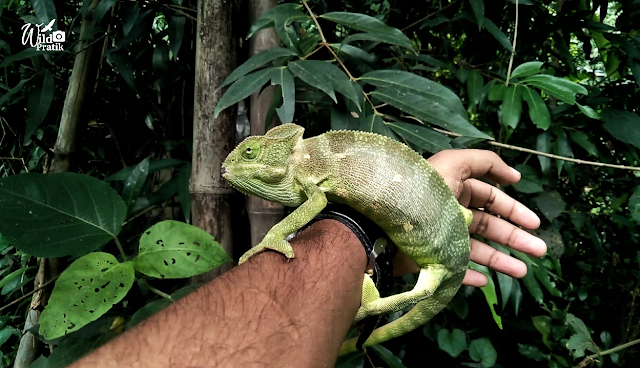Fearful Symmetry: To Blake's 'Burning Bright' in a Crucial Juncture
- Pratik Mahapatra
Oh Dear Tiger, 'Burning Bright'
Is it your forest of the night?
Piercing, twisting pairs of eyes
Stealthy blow in your 'fearful symmetry!'
Scratching the greens, thudding the sky —
I can hear the threads of spy!
On what gem 'dare he aspire?'
How on earth is he seizing the fire?
In which prospect, in which art
Could you spare your golden heart?
A trembling lust just 'began to beat.'
With which thunder will come your feat?
Hammering, shivering fates - so chained!
Little to wonder, so much gained.
Rays to prosper? A deadly grasp!
Tiger jungle in the clasp.
Still when thought will mark its spears
Still some bowers, still some tears.
Will soul let it happen to see?
Till the last breathe, promise we —
Oh Dear Tiger, 'Burning Bright'
It's YOUR forest of the night.
With your grace, with passion high
Grumbling fate we must defy.
— A 3:00 am aesthetic? Just don't know. Yestereve in my previous flashback on last year's write-up on the International Tigers Day, I was in a state of flux — whether or not there would be a rendering from my end this year. A couple of minutes ago, daringly I tried to manifest the pull at the heartstrings by attempting a humble shadowing (I won't call it a parody, nobody will perhaps) of William Blake's "Tyger" from Songs of Experience (1794). Perceivers are requested to be considerate towards some of the unsymmetric gests of metrical scheme. One may see it to be a monologue, asking the tiger about its uncertain faith. Yet an unseen tinge of commitment is never to be missed out. Unfolding the heart's child of this year's Tigers Day for you warm embracement. Dedicating this humble rendering to Rajarshi Uncle (Rajarshi Banerji), whom I always silently look up for his scintillating compositions on tigers and wildlife, and his heart-warming thoughts. My warm regards to you. And to all of us who love this majestic feline, let there be a really, really luminous prospect! Featured one is Naina (KTR T75) from Kanha Tiger Reserve, scanning her domain, back in January 2018.
Original Text:
TYGER
BY WILLIAM BLAKE
Tyger Tyger, burning bright,
In the forests of the night;
What immortal hand or eye,
Could frame thy fearful symmetry?
In what distant deeps or skies.
Burnt the fire of thine eyes?
On what wings dare he aspire?
What the hand, dare seize the fire?
And what shoulder, & what art,
Could twist the sinews of thy heart?
And when thy heart began to beat.
What dread hand? & what dread feet?
What the hammer? what the chain,
In what furnace was thy brain?
What the anvil? what dread grasp.
Dare its deadly terrors clasp?
When the stars threw down their spears
And water'd heaven with their tears:
Did he smile his work to see?
Did he who made the Lamb make thee?
Tyger Tyger burning bright,
In the forests of the night:
What immortal hand or eye,
Dare frame thy fearful symmetry?


